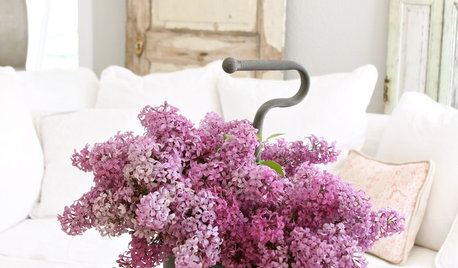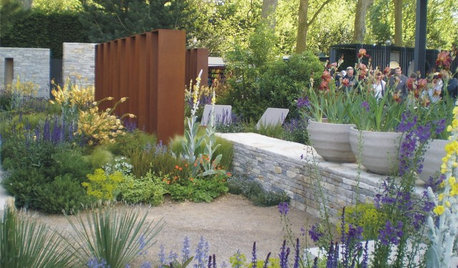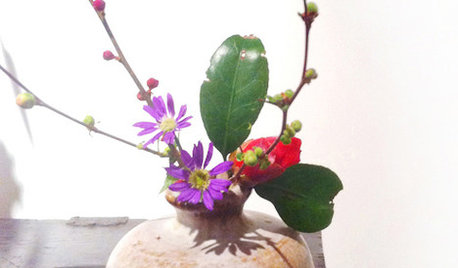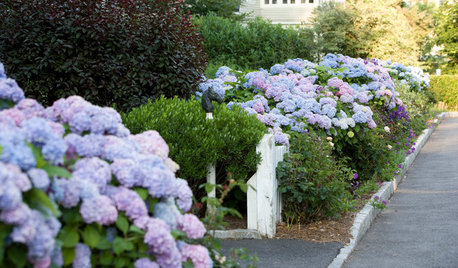Flowering Cuke - What Sort of Love does it Need?
vrkelley
15 years ago
Related Stories

MOST POPULARWhen Does a House Become a Home?
Getting settled can take more than arranging all your stuff. Discover how to make a real connection with where you live
Full Story
GARDENING GUIDES10 Deer-Resistant Native Flowers to Plant This Fall
Learn about natives that embrace some kinds of wildlife but resist grazing deer
Full Story
CONTAINER GARDENS7 Deer-Resistant Flowers for Your Summer Containers
Grow these as protection for edibles or just for their colorful beauty — deer might not like them, but everyone else will
Full Story
GARDENING GUIDESLet Lilac Love Flower This Spring
Whatever you bestow or receive for Mother's Day, lilacs can be an unmatched gift in the garden in May
Full Story
GARDENING GUIDESAttract Hummingbirds and Bees With These Beautiful Summer Flowers
Roll out a welcome mat for pollinators to keep your landscape in balance and thriving
Full Story
GARDENING GUIDESOh, Deer! 10 Native Flowers That Stand Up to the Herds
Keeping a garden amid hungry deer can be hard, but these plants should fare well
Full Story
GARDENING GUIDES9 Self-Seeders Capture Chelsea Flower Show Magic
Give your garden show-worthy style with these plants beloved by top designers
Full Story
GARDENING GUIDES15 Native Flowers That Feed Native Bees
These perennials offer superfood to hundreds of bees and are gorgeous in their own right
Full Story
DECORATING GUIDESEvoke a Japanese Tearoom's Beauty With a 'Chabana' Flower Arrangement
Set the stage for serenity in any room with floral and decorating ideas borrowed from an ancient Japanese tradition
Full Story
FLOWERSWhy You Should Give Hydrangeas a Place in Your Yard
The exuberant mop-headed beauties evoke dreams of an endless summer by the sea
Full Story






justaguy2
vrkelleyOriginal Author
Related Professionals
Brookfield Landscape Contractors · Kerman Landscape Contractors · Leicester Landscape Contractors · North Richland Hills Landscape Contractors · Rockville Landscape Contractors · Wilton Landscape Contractors · Sun Valley Landscape Contractors · Berkeley Window Contractors · Edwardsville Window Contractors · Sebring Window Contractors · East Haven Fence Contractors · Modesto Fence Contractors · Oro Valley Fence Contractors · Tacoma Fence Contractors · Foster City Fence Contractorsjustaguy2
vrkelleyOriginal Author
justaguy2
vrkelleyOriginal Author
vrkelleyOriginal Author
justaguy2